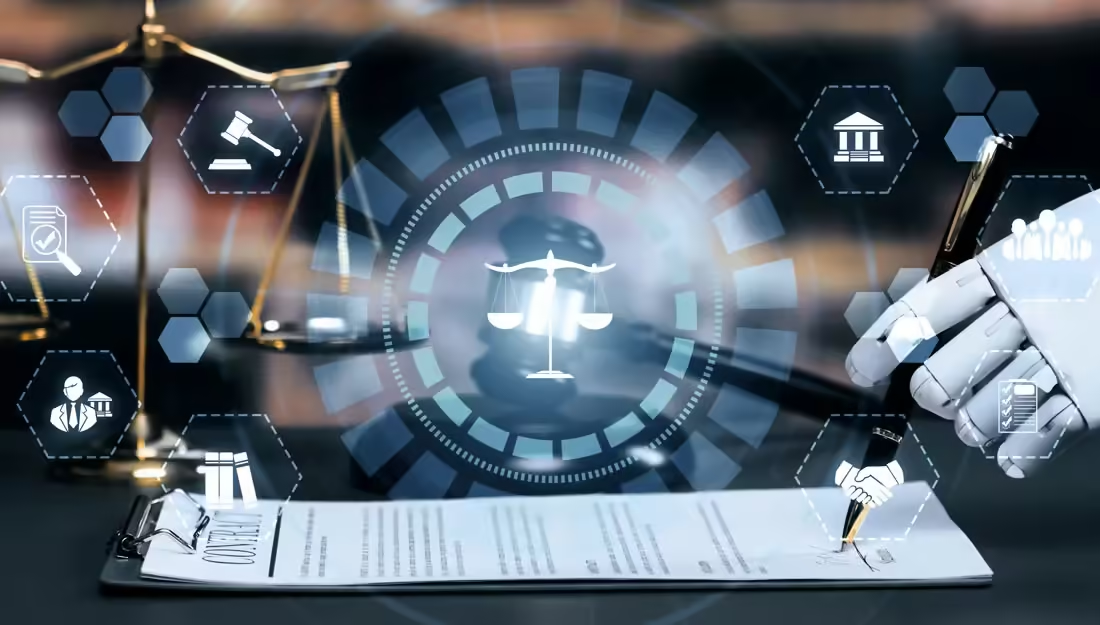Artificial Intelligence (AI) is transforming various industries, and the field of law and governance is no exception. As technology advances, AI is playing an increasingly significant role in legal processes, offering new possibilities and challenges.
One area where AI is making an impact is in legal research. Traditionally, lawyers and legal professionals spend hours sifting through vast amounts of information to find relevant cases and legal precedents. AI-powered tools can now streamline this process by quickly analyzing and organizing large volumes of data, saving time and improving accuracy.
AI is also being used in contract analysis and review. With the ability to process and interpret complex legal language, AI algorithms can identify potential risks and inconsistencies in contracts, helping lawyers to draft and negotiate agreements more effectively.
In addition, AI is playing a role in predicting legal outcomes. By analyzing historical data and patterns, AI algorithms can provide insights into the likelihood of success in a legal case. This can assist lawyers in making informed decisions and advising their clients.
However, the adoption of AI in law and governance also raises important ethical and legal considerations. Transparency, accountability, and bias are among the key concerns. AI algorithms need to be transparent, and the decision-making process should be explainable to ensure fairness and prevent discrimination.
Furthermore, the use of AI in law and governance requires careful regulation and oversight. Legal frameworks need to be adapted to address the unique challenges posed by AI, such as data privacy, security, and liability.
In conclusion, AI is revolutionizing the field of law and governance, offering new possibilities for efficiency and accuracy. However, its adoption must be accompanied by robust ethical and legal frameworks to ensure transparency, fairness, and accountability. As we navigate the legal frontiers of AI, it is crucial to strike a balance between innovation and safeguarding the principles of justice and the rule of law.

